Understanding Assignment of Copyright
Kashishipr
NOVEMBER 17, 2021
Each work has various rights, such as theatrical rights, distribution rights, rental rights, broadcasting rights, rights related to adoption and translation, rights to prepare derivative works, and so on, each of which can be exploited separately. An assignment is, in spirit, a transfer of ownership, even if it is partial.

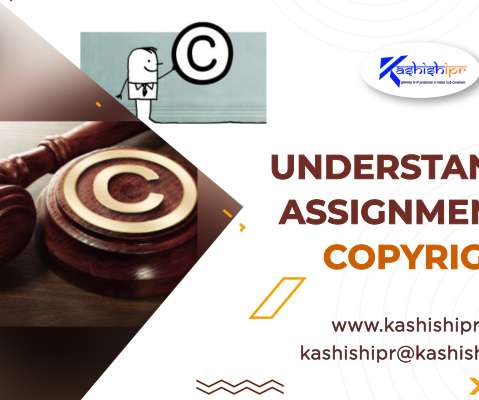
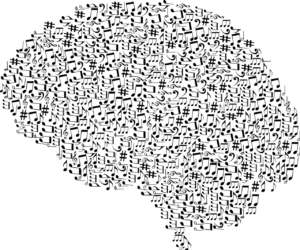
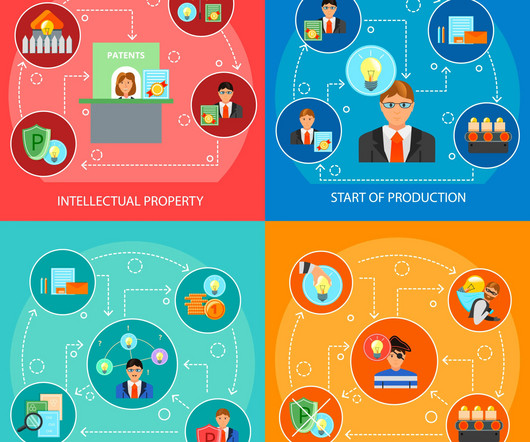
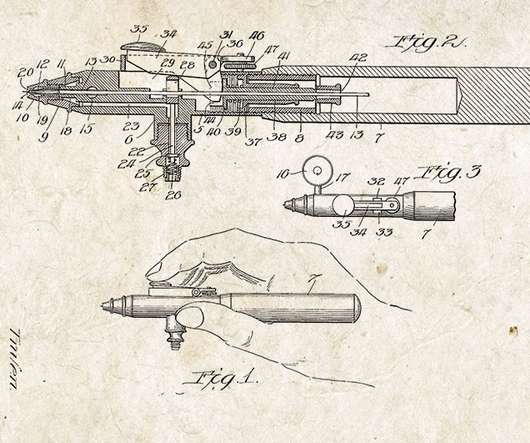
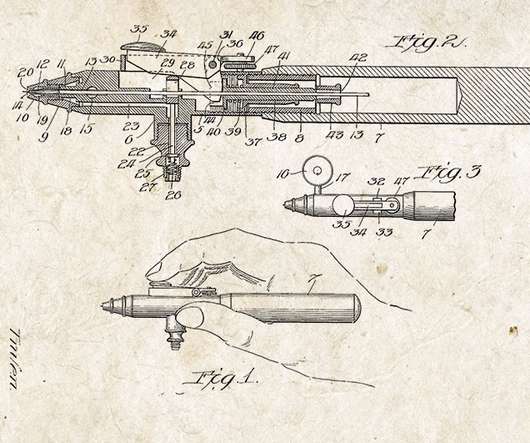

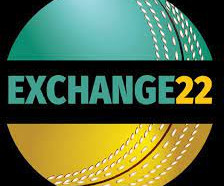
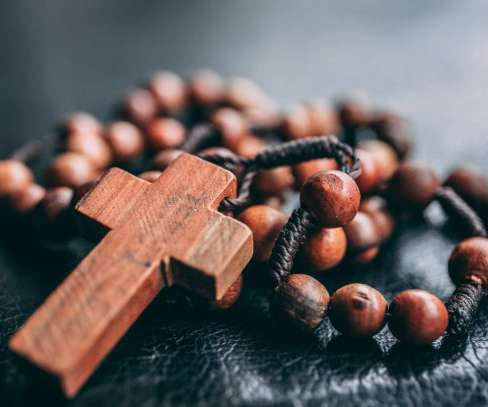
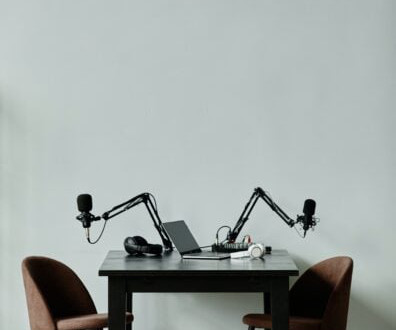






Let's personalize your content